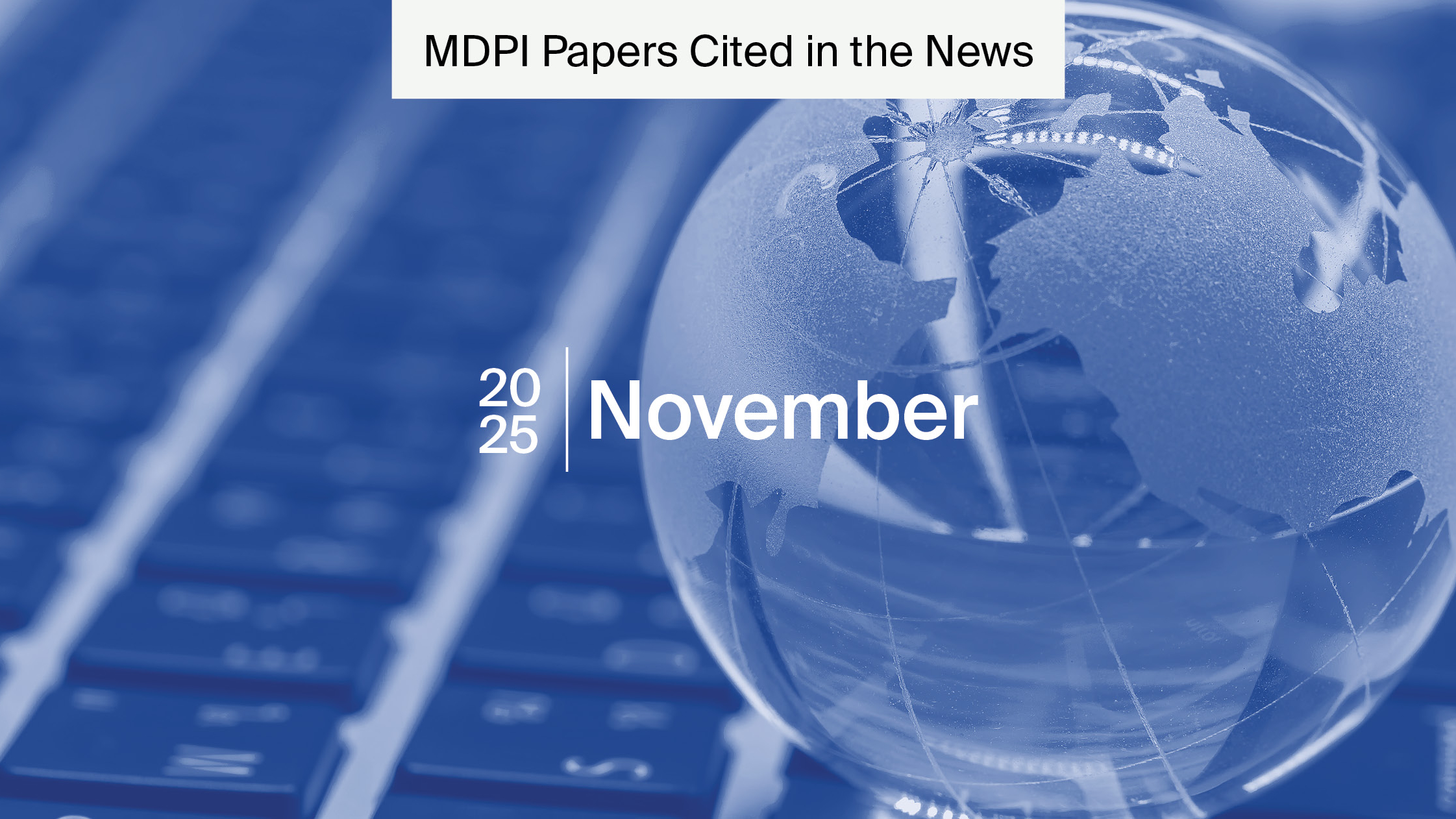
World AIDS Day 2024: My Health My Right
World AIDS Day takes place on December 1st every year. The aim of World AIDS Day has always been to bring an end to HIV/AIDS. Its specific aims have changed as the needs in this area have evolved and as progress towards the destigmatisation and treatment of the disease has occurred, albeit at a slower rate across different countries.
Briefly, human immunodeficiency virus (HIV) targets and destroys infection-fighting CD4 cells that are crucial to the body’s immune response, leaving infected persons vulnerable to diseases and infections with a significantly reduced ability to effectively ward them off. Left weakened, the immune system is unable to protect against opportunistic viruses and infections, such as tuberculosis, as well as tumors—thereby heightening the risk of cancers. If left untreated, HIV gradually destroys the immune system and can lead to the onset of acquired immunodeficiency syndrome (AIDS). The virus can significantly reduce a person’s life expectancy.
HIV/AIDS has been in the public eye for decades, with panic and stigma surrounding the disease at astronomical levels in the 1980s. In 1987, antiretroviral drugs were developed as treatment options—specifically Zidovudine which showed a reduction in viral load and prolonged survival. Then, in 1996, as research into drug therapies was prioritized and received more investment, highly active antiretroviral therapy became available, differing from previous treatments in its ability to suppress viral loads below detectable levels and increasing the life expectancy of a person with HIV by 15 years. Today, there are over 30 combination drug regimens available that are used at various stages of the HIV life cycle. The wide availability of such drugs is essential to eliminating HIV/AIDS as a health threat worldwide.
This year’s theme, outlined by the World Health Organization, is ‘Take the rights path: My health, my right!’, which brings discussions regarding agency and human rights in healthcare to the fore. This entails championing the right to health by addressing existing inequalities, which can be seen in such disparities as the progress made in the global north compared to the global south.
Ending the health threat of AIDS/HIV
According to the WHO, 39.9 million people were living with HIV globally in 2023, of whom 1.5 million were under 15 years old. In 2020 this figure stood at about 37 million. Positively, however, fewer new HIV cases were reported in 2023 compared to any other year since the 1980s, as highlighted in the 2024 Global AIDS Report published by the Joint United Nations Program on HIV/AIDS (UNAIDS).
However, despite aims to end HIV/AIDS as a public health threat by 2030 and to ensure a healthy and full quality of life for people living with AIDS, the UNAIDS report shows that the world is not currently on track to achieve them. It is also unlikely that the 95-95-95 target of diagnosing 95% of people living with HIV/AIDS (PLWHA), initiating treatment on 95% of HIV-diagnosed patients, and viral suppression in 95% of those who are undergoing HIV treatment by 2025 will be achieved.
The report, importantly, notes that the greatest progress has been made in those countries in which investment and legislative change have occurred; countries investing less in the treatment and prevention of AIDS are seeing the highest casualties and continued discrimination towards people living with HIV/AIDS.
Four overarching reasons are identified for the comparatively slow decline in new HIV infections globally, including lack of investment, stigma, gender inequality and the inaccessibility of prevention technologies.
Research is key to understanding the reasons for these disparities and to achieve the pledge of eliminating HIV/AIDS as a health threat for good. Investment in research exploring HIV/AIDS prevention and attitudes towards individuals living with HIV/AIDS is key to achieving “[a] resilient durable HIV response that reaches and sustains disease control”, as called for in the 2024 Global AIDS Report
Investing in and promoting research that helps to educate, prevent and advocate for the rights of people living with HIV/AIDS will contribute to the achievement of Sustainable Development Goals 3 (good health and wellbeing), 5 (gender equality) and 10 (reduced inequalities). Gender equality is relevant here as the data show that adolescent girls and young women are disproportionately affected: they accounted for 25% of new infections in sub-Saharan Africa despite only constituting 10% of the population in 2020. So, to mark World AIDS Day this year, we’re looking at research that is helping to advance the fight to eliminate AIDS as a public health threat, societal attitudes towards AIDS, as well as the importance of preventative action, and invite new research on this pressing issue.
Classing People Living with HIV/AIDS as a Vulnerable Group
International humanitarian law (IHL) is geared towards protecting all of our human rights, with vulnerable groups afforded special mention within such legislation. An article authored by Michelle Brotherton in the journal Tropical Medicine and Infectious Disease makes the case that people living with HIV/AIDS should be considered a legally vulnerable group in and of the fact of having HIV/AIDS and therefore should be afforded further protection status in human rights documentation.
Groups considered to be vulnerable in IHL include the aged and elderly as well as those who have become internally displaced, amongst others. Brotherton makes the case that people living with HIV might be better placed to access treatment, care and support through classification as a vulnerable group. In line with the theme of this year’s World AIDS Day, Brotherton crucially argues that classing people living with HIV as a vulnerable group could “prioritize their health rights and promote their access to healthcare and services”, which is oftentimes withheld, unlike with other prevalent health conditions, partly due to stigmatization and discrimination. Health discrimination is a pertinent issue that warrants further discussion.
Brotherton’s argument lies in the fact that people with HIV face discrimination in a number of ways, such as when seeking residency permits or accessing affordable healthcare. This goes against non-discrimination clauses in the IHL context; explicitly identifying HIV status as a form of vulnerability could help to counter the possibility of discrimination of this kind in future.
“Everyone is entitled to all the rights and freedoms set forth in this Declaration, without distinction of any kind, such as race, colour, sex, language, religion, political or other opinion, national or social origin, property, birth or other status.” – Non-discrimination clause from Article two of the Universal Declaration of Human Rights.
In the paper, Brotherton explores a number of case studies, primarily Kiyutin v Russia to show that people living with HIV can and have been recognised as a vulnerable group. Their recognition as a vulnerable group would encourage countries to observe “duties [that] include special measures to ensure that the rights of persons living with HIV are not violated and that their socio-economic rights such as healthcare are realised and prioritised”. This is a discussion that is well worth having to ensure non-discriminatory practices are in place for people living with HIV/AIDS, allowing individuals greater autonomy in their healthcare decisions and the ability to access crucial healthcare resources without the deterrents of stigma and ostracization.
Can Early Intervention open a cure for HIV?
An article published in the journal Viruses looks at whether antiretroviral therapy (ART) at the early stages of HIV can be used in tandem with other treatments to functionally cure HIV. The authors note that initiating ART at the early stages of HIV infection “limits HIV reservoir development, preserves immune function, improves quality of life and”, importantly, “may lead to ART-free viral remission in a few people living with HIV”. It’s important to qualify here that while in a small fraction of the population living with HIV this may lead to ART-free remission, for the majority of PLWH this is not sufficient.
As noted by the authors, HIV was considered incurable until 2008, when Timothy Ray Brown achieved an HIV cure following two allogeneic hematopoietic stem cell transplants to treat acute myeloid leukemia. Similar findings have been reported in a number of other patients who have displayed remission of HIV infection, which could show this to be a valid approach to curing HIV.
One of the key issues with curing HIV is that HIV-infected host cells that harbor the provirus (HIV DNA) can survive, acting as latent reservoirs in the body that require continuous ART treatment. The authors highlight the ‘Block and Lock strategy’, introduced in 2017, which uses latency-promoting agents (LPAs) to force the HIV provirus into a deep state of latency. ‘Block’ LPA phenotypes inhibit HIV transcription and ‘Lock’ phenotype LPAs induce deep latent reservoirs to become resistant to activation. This would help to control viral recurrence and aid in the reduction in HIV latent reservoirs. LPAs alone could potentially be used to enforce deep and irreversible latency, thereby eliminating the reactivation of proviruses without the need for ART in the later stages of treatment. The authors note, however, that LPAs “have yet to be critically assessed for their efficacy as early intervention strategies”.
Another method described is the Shock and Kill strategy, which, introduced in 2004, aims to eradicate HIV through reactivating latent reservoirs and eliminating infected cells through a two-stage process. The first of the two stages shocks viral reservoirs out of latency using latency reversal agents (LRAs) and the second focuses on killing cells displaying the newly active virus, by leveraging the patient’s immune system or promoting apoptosis (cell death) through therapeutic intervention. This technique is also thought to be most effective in the early stages of HIV infection. However, due to the weakened immune systems of PLWHA, the ‘kill’ phase may not be as effective, and there may be an insufficient ‘shocking’ of the latent reservoirs. This method also requires further research.
To read more about the various proposed treatments for early-intervention HIV treatment, access the paper here. It is important that early-intervention strategies are partnered with awareness-raising and destigmatisation, as stigmas surrounding HIV/AIDS may deter people from seeking treatment at the crucial early stages.
Studying stigma towards AIDS/HIV in an indigenous Ethiopian community
A paper published in the International Journal of Environmental Research and Public Health (IJERPH) investigates attitudes towards people with AIDS/HIV within the indigenous Awi Equestrian Association, located in the Awi Zone of Northwest Ethiopia. The Awi Equestrian Association (AEA) is believed to have been established in the 1940s and serves people in the Awi Zone. The organization’s activities include community care and building activities, primarily through organizing social events (funerals, marriages, charity) and overseeing land and conflict management. The uniqueness of the association is recognized today, with efforts being made to register the AEA’s public festivals as UNESCO world cultural heritage activities.
The authors chose to work with the Awi Equestrian Association because it “has major influences on the life of the Awi people”. Through their study, the authors sought to determine AIDS-related knowledge and levels of stigma, identifying areas where targeted interventions to destigmatize and educate in collaboration with the community may be most beneficial.
Using a questionnaire, the authors collected data on socio-demographic characteristics, knowledge and attitudes related to AIDS, HIV/AIDS-related stigma and discriminatory practices as well as potential stigma-prevention strategies. They found that of the over 800 people interviewed, 67.4% of participants had moderate to highly discriminatory attitudes and 74.9% of people reported practices that stigmatize HIV/AIDS patients. The study also found that adolescent girls who are displaced or are refugees have higher HIV risk factors, with internal displacement being a risk factor for HIV.
The authors note that “[these] findings in members of an association with major social influence and in a region where HIV incidence remains high are alarming, making stigma reduction, with a focus on the AEA, crucial in the fight against HIV/AIDS in Awi Zone, Ethiopia”.
Moving forward, the authors will use the data collected in their study to develop intervention strategies, focusing on health education, to increase awareness of and destigmatize attitudes towards people living with HIV/AIDS. To be able to take agency over one’s health and build the community structures necessary to tackle HIV/AIDS, knowledge about the virus and its transmissibility partnered with destigmatisation are crucial. For these reasons, more research like this is needed and welcomed in MDPI’s journals. Awareness building about HIV/AIDS and dispelling discriminatory attitudes will give individuals and communities the tools needed to eliminate the virus as a health threat once and for all and will also encourage people to get tested—something that social stigma can deter them from doing.
Prevention
Adequate knowledge of and access to prevention methods is key to eliminating AIDS. Contraceptives—specifically their wider affordability and availability—are the most effective forms of prevention. Proper investment and publicization of prevention methods is crucial to the aim of eliminating HIV/AIDS as a public health threat, and to reduce the number of infections worldwide.
HIV is spread mainly through unprotected sex, contaminated blood transfusions, hypodermic needles and from mother to child. The World Health Organization specifies a few preventative measures that will help to curb the spread of this virus:
- using a male or female condom during sex
- being tested for HIV and sexually transmitted infections
- having a voluntary medical male circumcision
- using harm reduction services for people who inject and use drugs
Progress in prevention
Recently, the long-acting injectable cabotegravir (CAB-LA) has opened up new avenues for HIV prevention; it is a form of PrEP (pre-exposure prophylaxis), which refers to the use of antiretroviral drugs by people who are HIV-negative in order to prevent HIV infection. This is especially important in areas where HIV is endemic and the likelihood of becoming infected is high. Ensuring that PrEP and other preventative measures are widely available in areas where HIV is endemic will allow people the autonomy to act pre-emptively and also encourage the practicing of safe sex in communities where HIV is widespread. The use of condoms is still highly recommended alongside PrEP.
Promisingly, a new drug called lenacapavir has been developed that is capable of eliminating new HIV infections through sex. In a recent trial, named PURPOSE 2, the drug was found to be 96% effective in preventing HIV infections in a trial of 3,200 participants. The study was conducted across a number of sites, including Argentina, the United States and Brazil. The potential of no new HIV infections through sex is revolutionary in the context of HIV/AIDS prevention and could help to meet the ambitious goal of eliminating AIDS/HIV by 2030.
Conclusion
As noted, fewer people were diagnosed with HIV in 2023 than at any point since the late 1980s; those regions with the highest HIV burden reported the strongest declines. This is mainly due to the progress made in sub-Saharan Africa, where HIV is endemic.
To continue building on these successes, there needs to be cooperation between governments, aid agencies, scientists and general researchers. Greater awareness building about the options people living with HIV or AIDS have is essential to giving individuals agency over their healthcare rights.
You can read more of the research being published in MDPI’s many journals. There are a few Special Issues and articles selected below for your perusal.










